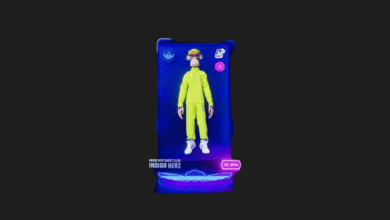NFT Marketing Strategies: A Guide for Brands
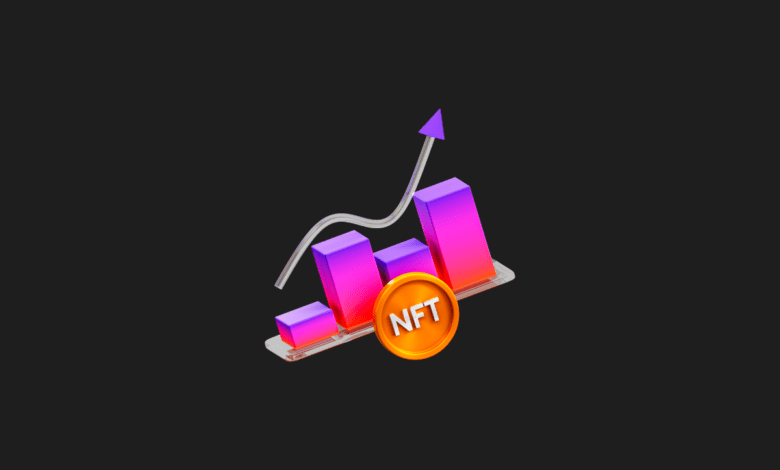
I’m here to discuss one of the most trending topics that has captivated the attention of me, my colleagues, and connections under the same roof when it comes to digital marketing, new media, and platform algorithm updates. “What is this NFT?” and then brands turned to their marketing consultants, asking, “What should we do as brands?” Welcome to our article where we will seek answers to these questions!
Our imprisoned-looking monkey with bulging eyes and a shriveled cigarette in its mouth, created by the Bored Ape Yacht Club, the most popular NFT collection in collaboration with Adidas, stands out as the most affordable piece of the collection as of 12:32 on Wednesday, February 9th. Don’t worry, what I’ve referred to as the most affordable has a value of $285,203.68 with a price tag of 92 Ethereum. Underlying the price tag of a monkey illustration artwork is the technological infrastructure it utilizes, its artistic originality, and personalized marketing.
Technology is in place, art is in place, but when we contemplate the kind of personalization involved, NFT profile photos, a feature introduced by Twitter, catch our attention. While scrolling through Twitter, many of us now see NFT artworks instead of users’ own photos. It seems that users have chosen to purchase artwork they feel a connection with, wanting to include them in their profile photos. One consequence of replacing our selfies with original works of art that identify with us and have material value is this: Now, even our profile photos can be a store of value!
So, how did artworks in this digital environment acquire such significant values? What kind of technological infrastructure do they possess? If NFT artworks are now the new favorite of investors, I hear your questions, and I’ll leave you, our dear readers, with our first topic.
What is this NFT?
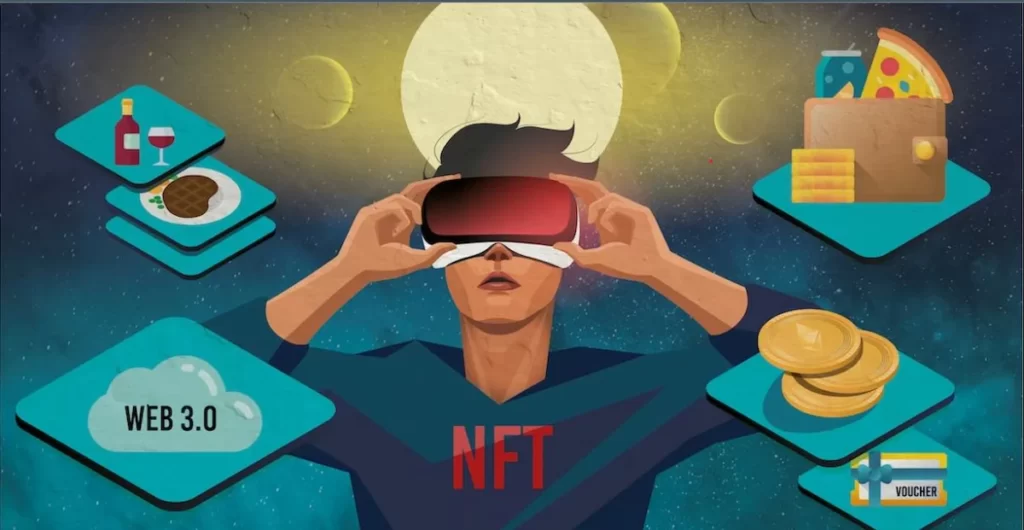
NFT, or “Non-Fungible Token,” represents a convergence of art, technology, and finance. It functions as a unique identifier, generating proof through smart contracts that establish ownership and authenticity for products, services, and works. Positioned within the blockchain, NFTs are easily transactable and can be verified on the network, effectively serving as a storage tool for value due to their distinctive features.
In the past, digital copies of artifacts, even renowned works like Van Gogh’s Starry Night, could be quickly replicated and stored as .jpg or .png files. However, these digital copies lacked significant value before the advent of blockchain technology. NFTs, on the other hand, offer originality, ownership, and verifiability, creating an infrastructure where users can ascribe and question the value of various artworks, concert tickets, tweets, and avatars.
NFTs operate on the principle of “smart contracts,” enabling their creators to receive royalties from each subsequent resale, depending on the terms of the contract. Consequently, NFTs are characterized by their uniqueness or limited quantity, accompanied by distinct identifying contract codes. Arry Yu, Chairman of the Washington Technology Industry Association Cascadia Blockchain Council and Managing Director of Yellow Umbrella Ventures, succinctly captures the essence of NFTs, stating, “Actually, NFTs are creating digital scarcity.” They provide a mechanism for content creators to receive ongoing royalties from future resales, solidifying their uniqueness and value in the digital landscape.
Most Expensive NFT – Why Does It Matter?

The monkeys we mentioned at the outset of our article—the Bored Ape Yacht Club, Cryptopunks, often considered the pixels of the wealthy, and Cool Cats collections—have garnered attention for their stylish appearances and notable transaction volumes in the NFT market. However, the question arises: How expensive can an NFT become? If NFTs were ranked like a record book, the work that holds the top position would be:
‘Everydays: The First 5000 Days,’ a collection of drawings created by the renowned digital artist Mike Winkelmann, known as Beeple. This collection was sold for an astounding $69.3 million in an auction at Christie’s, one of the leading auction houses. Following this sale, it became the third most expensive work ever sold by a living artist. Beeple’s auction not only accelerated the popularity of NFTs, which had been part of our lives for many years but had limited popularity, but also contributed to the creation of the blog post you are currently reading.
What Should Brands Do About NFT Marketing?
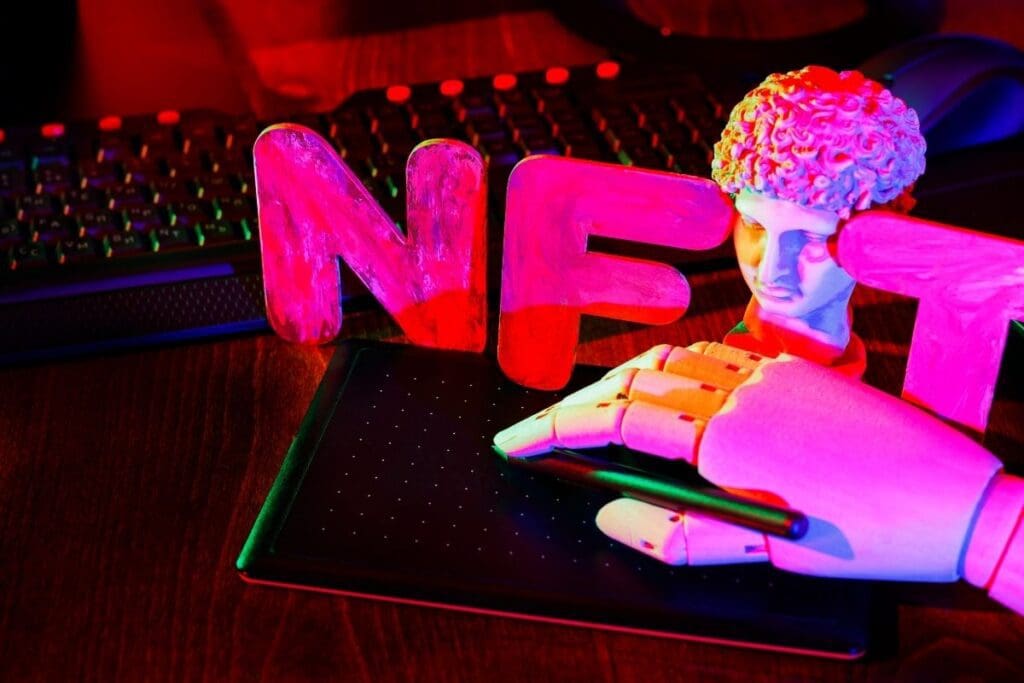
Adidas, Nike, McDonald’s, Asics, Clinique, Taco Bell, Mattel – Hot Wheels, Coca-Cola, Ray-Ban, NFL, Gucci… The common thread among the brands listed above is their foray into the world of NFTs. These brands have indeed achieved million-dollar turnovers through their NFT projects.
Notably, many of them have carefully shaped their projects based on specific roadmaps under the brand umbrella. They have collaborated not only with business development and marketing teams but also enlisted the expertise of blockchain consultants for their NFT endeavors.
Brands leverage their NFT projects to not only enhance their public relations locally but also to gain global recognition. It’s crucial for these initiatives to present a positive image to the target audience, emphasizing motives beyond mere profit. Moreover, we are witnessing the emergence of an ecosystem where products and services are offered as NFTs. It is highly likely that ticketing companies will soon adopt NFTs for selling event tickets, and popular music groups in various countries may follow suit.
For brands engaging in NFT marketing, it is essential to align their strategies with a PR motive, reflecting their digital transformation and futuristic perspectives. Embracing a forward-looking approach, these projects should be presented with transparent roadmaps accessible to the public, fostering a sense of belonging among the target audience.
Why NFT Marketing?
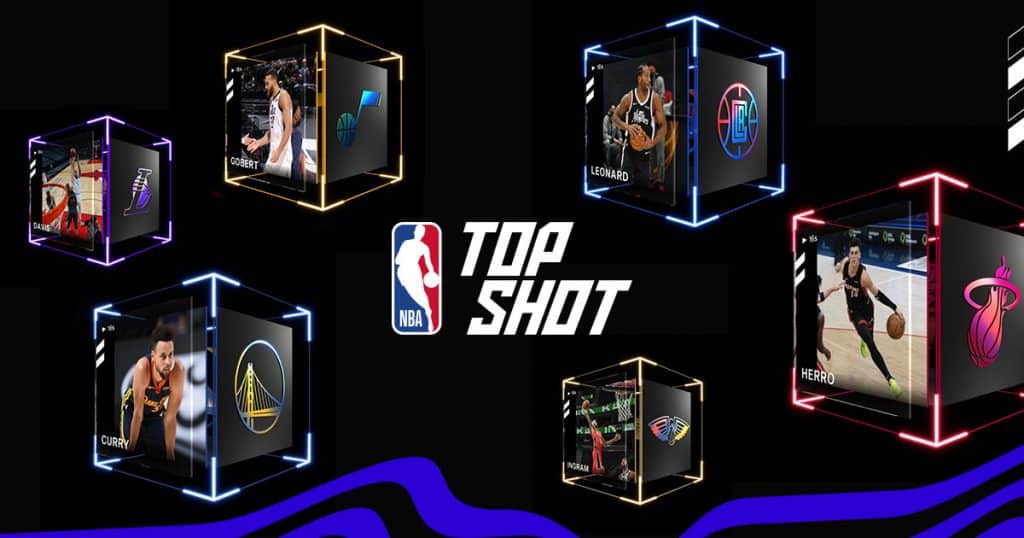
- Brand Loyalty: The primary objective of inbound marketing is to foster brand loyalty, and NFT projects can significantly contribute to achieving this goal. Personalized NFTs create a direct and meaningful connection with the audience, instilling a sense of belonging. Through the unique feature of “ownership” inherent in NFTs, brands can cultivate customer loyalty, as customers hold onto these valuable and personalized tokens.
- Scope Expansion: The scope of marketing is expanding with NFTs, enabling musicians, for example, to present their new albums as NFTs alongside traditional platforms like Spotify, Deezer, and Apple Music. Brands, too, can enhance their offerings by introducing virtual products and services in various digital formats, such as .jpeg, .gif, and 3D structures, complementing their physical business items.
- Cost Efficiency: Unlike traditional products that involve costs like shipping, remanufacturing due to defects, storage, and packaging, NFTs present a more cost-efficient model. The only additional cost associated with products sold as NFTs is the transaction commission (gas fee) on the Ethereum network. While gas fees can vary and be high at times, checking transaction fees, which are typically lower in the morning, on platforms like Etherscan can help mitigate potential losses.
To navigate your brand through the futuristic digital marketing era, consider consulting with our digital marketing experts. They can provide insights into critical areas that will play a pivotal role in the marketing landscape of the near future, including NFTs.
You may also like this content
- Adidas’ Surprise NFT and Metaverse Decisions
- Expert Insights on Blockchain, NFTs, and the Future of the Metaverse
- Binance Invests In This NFT And Metaverse Coin!
Follow us on TWITTER (X) and be instantly informed about the latest developments…






